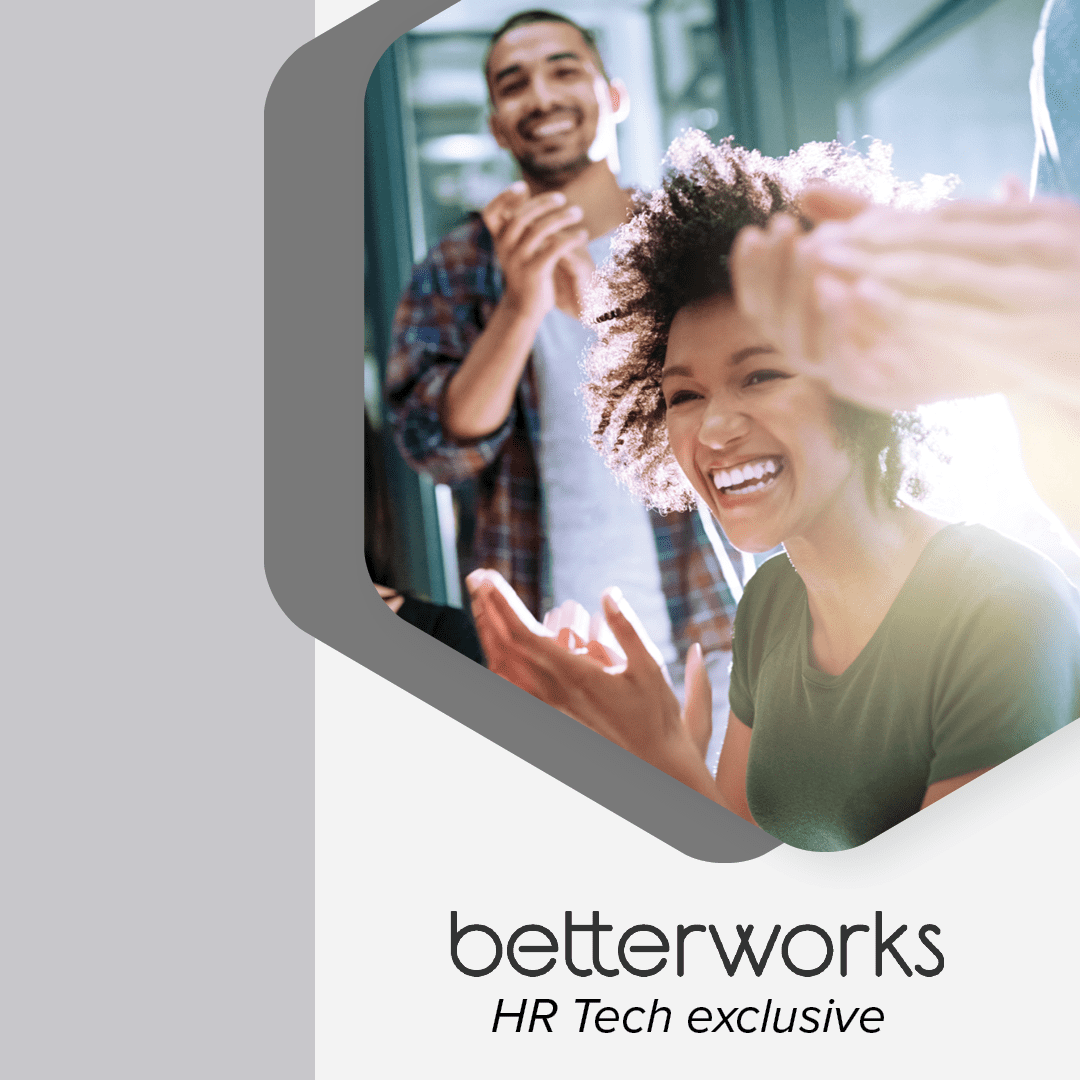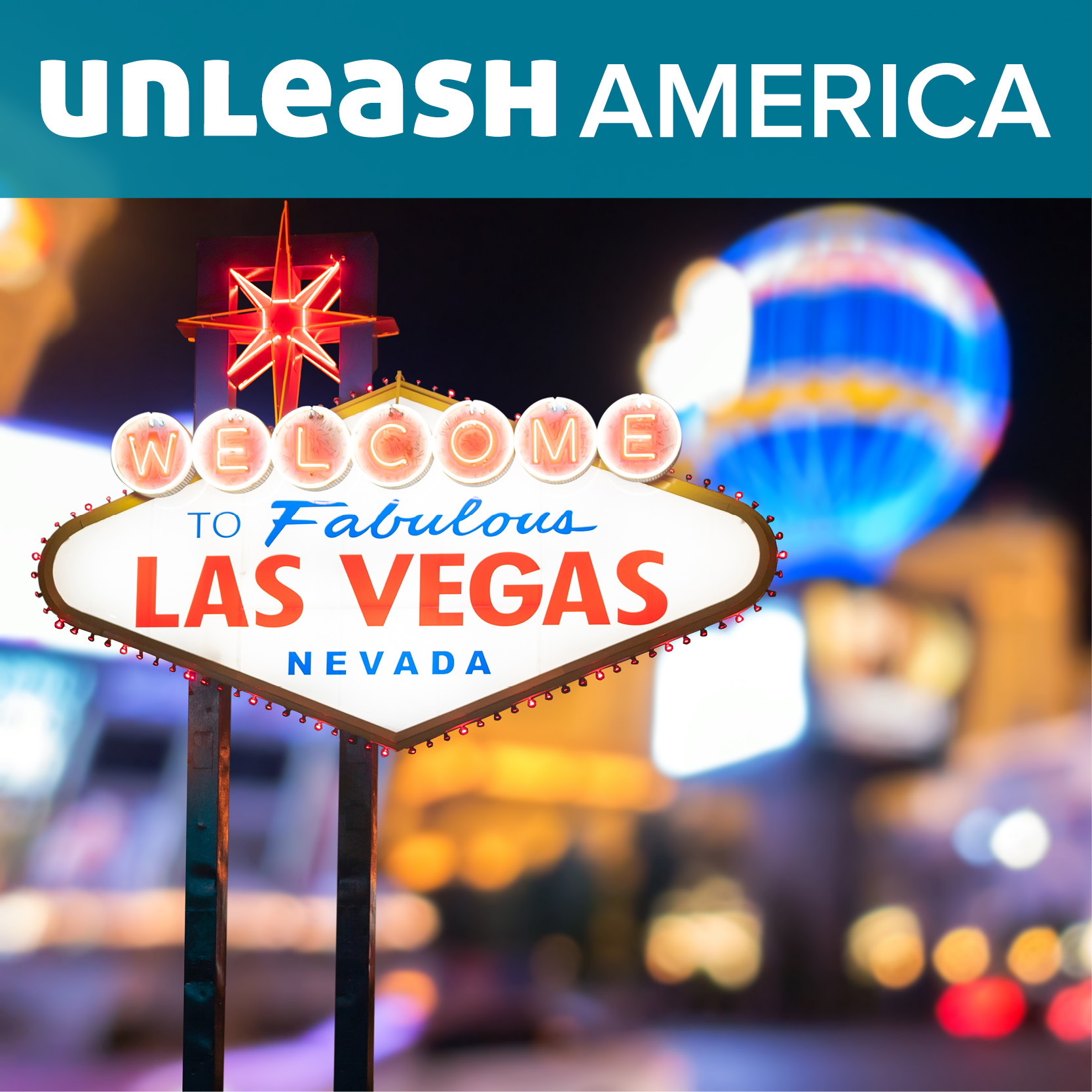Investing in employee recognition programs can transform cultures, helping organizations to reinforce their values, promote positive behaviors among employees, and improve connections and feelings of well-being that can lead to greater engagement and retention.
In fact, for one company, Morgan Truck Body, the implementation of a technology-based recognition and rewards program has significantly reduced its turnover problem, increased engagement and internal talent mobility, and helped it realize improvements in productivity, quality, and safety for its majority deskless workforce.
Morgan’s story was highlighted in an HR Tech session, “How to Use Employee Recognition to Engage and Retain Deskless Workers,” moderated by Jason Lauritsen, author, speaker, and co-founder and CEO of Cultivayo.
While the session centered around the deskless worker, the lessons apply to all types of companies. “If you can engage and retain deskless workers, you can definitely accomplish the same for people who are at their desks all day,” Lauritsen says. “There’s a lot of opportunity to make work more humane for employees.”
Using recognition to reinforce company values
Morgan Truck Body is the number one provider in North America of commercial truck bodies for what’s known as middle and final-mile markets. It has multiple manufacturing sites and service centers across the country. It is a seasonal business that has seen its headcount flex 100% in the past two years. Morgan has doubled its manufacturing workforce to 1,000 employees in the last five months. In such a rapid hiring environment, turnover has been a core problem.
The company rolled out a recognition program around its core company values as part of a phased introduction of digital programs and processes by HR. “We had to think hard about what were the reasons around why we wanted to reward people, what we wanted to provide recognition for,” explains Brady Bagwan, vice president of HR for Morgan. “We wanted to give people an easy way to do the right thing.”
Bagwan decided to enable both manager and peer-to-peer recognition — to “democratize the ability to recognize people in the workplace to drive connection,” rather than just take a top-down approach. Peers often see the day-to-day performance of their colleagues while managers typically see the end results. Having both is complementary and encourages engagement.
Every employee can see the recognition being given in every facility, which causes a flywheel effect: Employees see the success of initiatives in other facilities and the corresponding recognition, and decide they want to try similar initiatives and replicate the behaviors.
In addition to creating a positive culture, HR has gained invaluable information about the pulse of the workforce according to Bagwan. “When you have a platform where you can see what behaviors are happening in your facilities in near real-time, that is powerful behavioral intelligence and insight”
“Bringing great technology together with a deep understanding of social science and of how people actually work can drive great impact and results,” Lauritsen says.
The results of recognition
For Morgan Truck Body, the outcomes have been nothing short of amazing. Sites with the most effective recognition have seen lower employee turnover, and of those employees who have received recognition, only 6.3% have left the company. Engagement has markedly improved, with 70% of sites that have the most effective recognitions scoring high on favorability surveys. Internal mobility has increased, as well, with 90% of the sites that use the recognition program having an internal promotion rate greater than the company average. Productivity, safety, and quality have also made gains in the facilities that use the recognition platform.
READ: How to use recognition to retain your top talent
Recognition programs work but still lag at companies
Being recognized for work well done — and even for special life moments, such as work anniversaries, marriage, and the birth of a child — is reaffirming, motivating, and elicits a sense of belonging. Yet, according to recent research by Gallup, it’s clear that many organizations have a long way to go when it comes to formal recognition programs.
In its “Unleashing the Human Element at Work: Transforming Workplaces Through Recognition,” Gallup found that when recognition “hits the mark,” employees are:
- 73% less likely to always or often feel burned out
- 56% less likely to be looking or watching for job opportunities
- 5X as likely to feel connected to their culture
- 4X as likely to be engaged
- 5X as likely to see a path to growth in their organization
In fact, Gallup says that recognition should be a strategic priority for companies because of its strategic value. Even if a workforce is already engaged, Gallup found that having a recognition program has an additive effect of further reducing turnover. On an annual basis, this can translate to a savings of over $16 million for a company with 10,000 employees.
Yet, despite clear evidence recognition can enhance culture and promote engagement, 40% of employees report receiving recognition only a few times a year or less according to Gallup. Fewer than a quarter strongly agree that their companies have a system in place to recognize work milestones, and only 15% strongly agree that their organizations have a system for recognizing personal events.
While robust recognition programs should be on the minds of executives worried about retention, burnout, productivity, and well-being, the research points out that the opposite is true. For four of five leaders, recognition is not a strategic priority. Nearly two-thirds do not have a budget devoted to employee recognition, and 73% do not offer managers or leaders training on recognition.
At a time when companies are struggling to find and retain employees, manage recent declines in engagement and productivity, and focus on promoting well-being, formal recognition programs serve as a counterforce. Companies are looking for ways to strengthen culture among hybrid and remote workers. They are searching for ways to deliver an employee-first and humane experience in the new world of work. In such an environment, recognizing people strengthens connection, changes attitudes toward work and its meaning, and supports people’s desire to feel seen and appreciated.
In Gallup’s estimation, “to build the right workforce for the future and leverage its capabilities, leaders must take a human-centered approach to building their employee experience and employer brand,” which starts by “demonstrating to employees they are valued by recognizing their contributions.”
READ: Employee recognition ideas to drive better goal alignment
Making recognition a part of modern performance management
Recognition is an essential element of modern performance management that helps keep employees aligned with their company’s strategic priorities and recognizes them as they work toward accomplishing the goals they’ve set. When designing a recognition program, HR can follow these five best practices to promote success.
1. Clear programs and outcomes
Having a clear policy in any program is the foremost responsibility. HR should have an understanding of their employees’ wants and decide how to streamline a new process in order to fulfill their requests. In doing so, HR must involve the employees’ feedback.
2. Designing the Rewards and Recognition Program
If possible, try to use both monetary and non-monetary based recognition. Make sure the non-monetary acknowledgment for peer-to-peer recognition is accessible by all employees.
3. Various Options of Rewards
In your recognition program, you should also have an array of rewards options. Employees often have different preferences for incentives. Therefore, multiple reward options are best.
4. Effective implementation
This is where your leadership team needs to step in. Leaders must have clear communication of the new program to facilitate proper coordination among the teams. The implementation must be properly aligned with the policy, understood by all employees, visible to the entire organization, and properly rolled-out.
5. Measure and follow up on changes
After the program has been rolled out, HR should measure the results and follow up on any necessary changes. Adjustments are normal in the first stage of implementation. Proper follow-up measures are essential for a better functioning system.
Betterworks’ modern performance management solution incorporates recognition into manager and employee feedback tools to promote teamwork, collaboration, and cultural values with the goal of transforming performance and culture. To learn more, view or request a demo.










